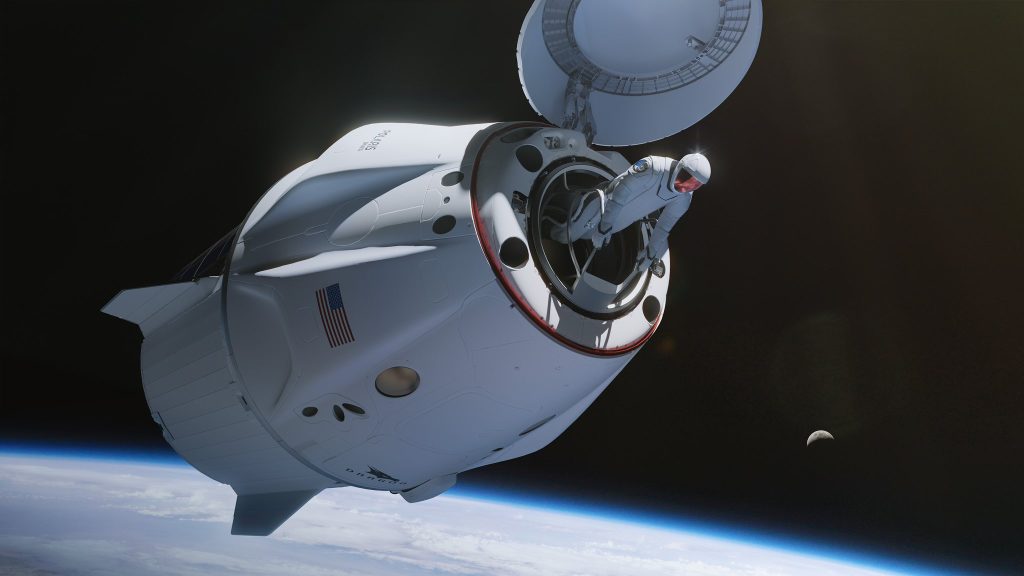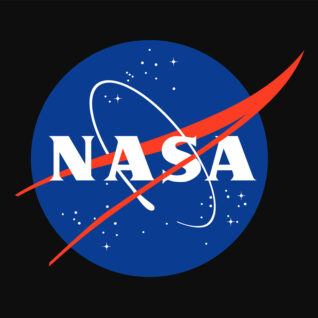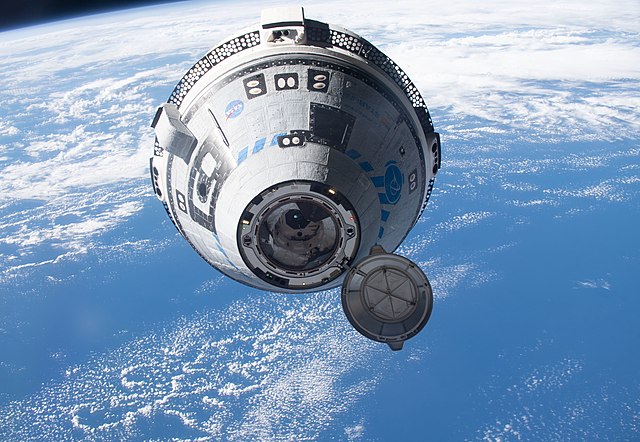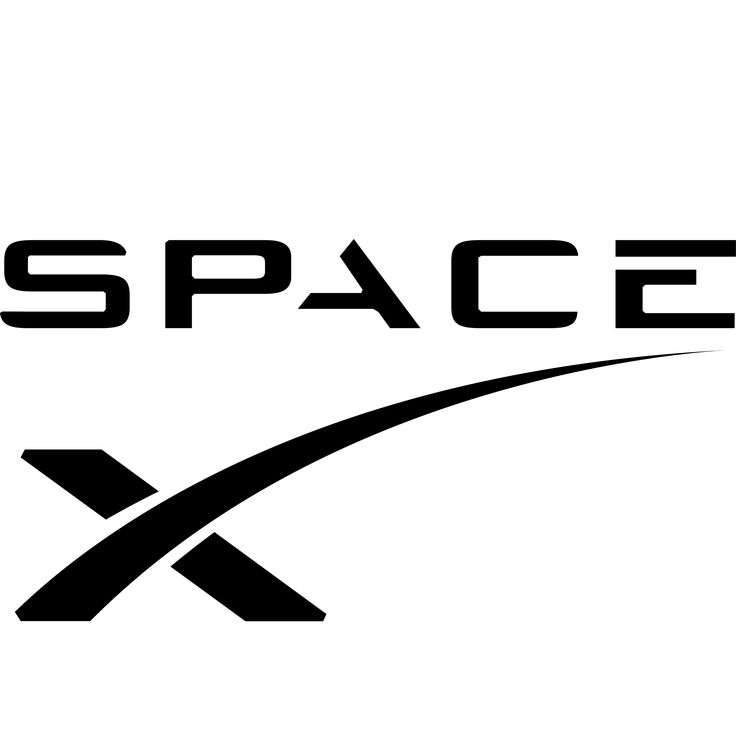SpaceX is on the brink of exciting milestones that could reshape the future of space exploration. With the upcoming Polaris Dawn mission—featuring the first all-civilian spacewalk—and a significant partnership with NASA to return Boeing Starliner astronauts to Earth, the company is poised for groundbreaking developments.
Polaris Dawn Mission

Scheduled to launch in early 2025 aboard a SpaceX Falcon 9 rocket, the Polaris Dawn mission will last three days and carry four crew members, including:
- Jared Isaacman: Mission commander and founder of Shift Payments.
- Sian Proctor: A geologist and science communicator.
- Hayley Arceneaux: A physician assistant and the first person with a prosthetic limb to fly to space.
- Chris Sembroski: A data engineer and US Air Force veteran.
One of the most notable features of Polaris Dawn will be the first-ever all-civilian spacewalk. Isaacman and Proctor will venture outside the spacecraft to conduct various tasks, including testing new spacesuits and technologies, marking a historic moment in commercial spaceflight.
This mission is part of SpaceX’s broader initiative to develop commercial space capabilities. The company is also working on the Starship spacecraft, aimed at transporting people and cargo to the Moon and Mars.
NASA Partnership and Starliner

 In addition to Polaris Dawn, SpaceX has announced a partnership with NASA to facilitate the safe return of astronauts aboard Boeing’s Starliner spacecraft. Currently in development, Starliner is expected to make its inaugural crewed flight to the International Space Station (ISS) in 2024. This partnership is pivotal, as it will enable NASA to reduce its reliance on Russian Soyuz spacecraft for transporting astronauts to and from the ISS.
In addition to Polaris Dawn, SpaceX has announced a partnership with NASA to facilitate the safe return of astronauts aboard Boeing’s Starliner spacecraft. Currently in development, Starliner is expected to make its inaugural crewed flight to the International Space Station (ISS) in 2024. This partnership is pivotal, as it will enable NASA to reduce its reliance on Russian Soyuz spacecraft for transporting astronauts to and from the ISS.
Timeline of Upcoming Missions
- Polaris Dawn: Launch expected in early 2025.
- Starliner: First crewed flight to the ISS anticipated in 2024.
- Starship: First orbital flight projected for 2024.
Benefits of the Partnership
The collaboration between SpaceX and NASA represents a new era of public-private partnership in space exploration. Key benefits include:
- Reduced reliance on foreign spacecraft: This partnership will provide NASA with more autonomy in astronaut transportation.
- Enhanced commercial spaceflight capabilities: Working together, both organizations will innovate new space technologies and services.
- Expanded scientific research opportunities: The partnership is set to unlock new avenues for scientific inquiry and exploration.
Challenges Ahead
Despite its optimistic outlook, SpaceX faces several challenges:
- Technical challenges: The development of new spaceflight technologies remains complex.
- Financial challenges: Space exploration is a costly endeavor that requires significant investment.
- Regulatory challenges: The space industry must navigate a complex landscape of regulations.
However, SpaceX is undeterred, bolstered by a proven track record, a talented team of engineers and scientists, and strong financial backing.
Looking to the Future
SpaceX is more than just a company; it’s a leader in the future of space exploration. With projects like Starship, which aims to carry humans and cargo to the Moon and Mars, and the Starlink satellite constellation designed to provide global high-speed internet, SpaceX is committed to making space exploration accessible to everyone.
How to Learn More
To stay updated on SpaceX’s advancements, consider:
- Visiting the SpaceX website.
- Following SpaceX on social media.
- Watching SpaceX’s videos on platforms like YouTube.
- Reading articles and news releases about the company.
In conclusion, the Polaris Dawn mission and the partnership with NASA are just the beginning for SpaceX. With ambitious goals and groundbreaking innovations on the horizon, the company is set to play a pivotal role in the future of space exploration.

